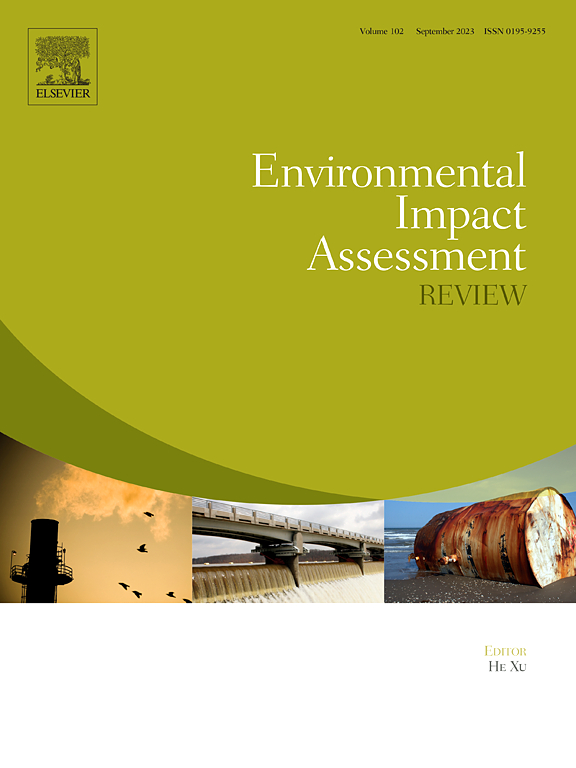Does the regional environmental supervision policy halt pollution? Evidence from the exit of high-pollution enterprises in China
IF 9.8
1区 社会学
Q1 ENVIRONMENTAL STUDIES
引用次数: 0
Abstract
A global challenge of industrial pollution promotes many countries to establish environmental vertical management institutions to mitigate its effects. Understanding the relationship between this institution and polluters exiting for policymaking is essential but under-researched. Therefore, this paper utilizes the staggered Difference-in-Differences method to evaluate the effect of environmental vertical supervision on high-pollution enterprise exit through the Regional Environmental Supervision (RES) policy. The main findings are as follows: 1) The RES policy raises the probability of high-pollution enterprise exit by 17 % by the mechanism of cost and investment effects. 2) The RES policy has more significant impacts on high-pollution enterprises that are size small, non-state-owned, and located in capital cities. 3) Cities with strict local enforcement experience stronger policy effects while polluting enterprises tend to relocate to areas with weaker law enforcement. 4) The RES policy has population and industry effects. The population effect suggests the more significant policy effect on the exit/entry of high-polluting enterprises with large populations; the industry effect shows the more significant policy effect on enterprise exit associated with water-pollution, manufacturing, and upstream industries. This paper highlights the critical impact of vertical supervision in environmental governance and provides valuable policy implications for developing countries.
求助全文
约1分钟内获得全文
求助全文
来源期刊

Environmental Impact Assessment Review
ENVIRONMENTAL STUDIES-
CiteScore
12.60
自引率
10.10%
发文量
200
审稿时长
33 days
期刊介绍:
Environmental Impact Assessment Review is an interdisciplinary journal that serves a global audience of practitioners, policymakers, and academics involved in assessing the environmental impact of policies, projects, processes, and products. The journal focuses on innovative theory and practice in environmental impact assessment (EIA). Papers are expected to present innovative ideas, be topical, and coherent. The journal emphasizes concepts, methods, techniques, approaches, and systems related to EIA theory and practice.
 求助内容:
求助内容: 应助结果提醒方式:
应助结果提醒方式:


